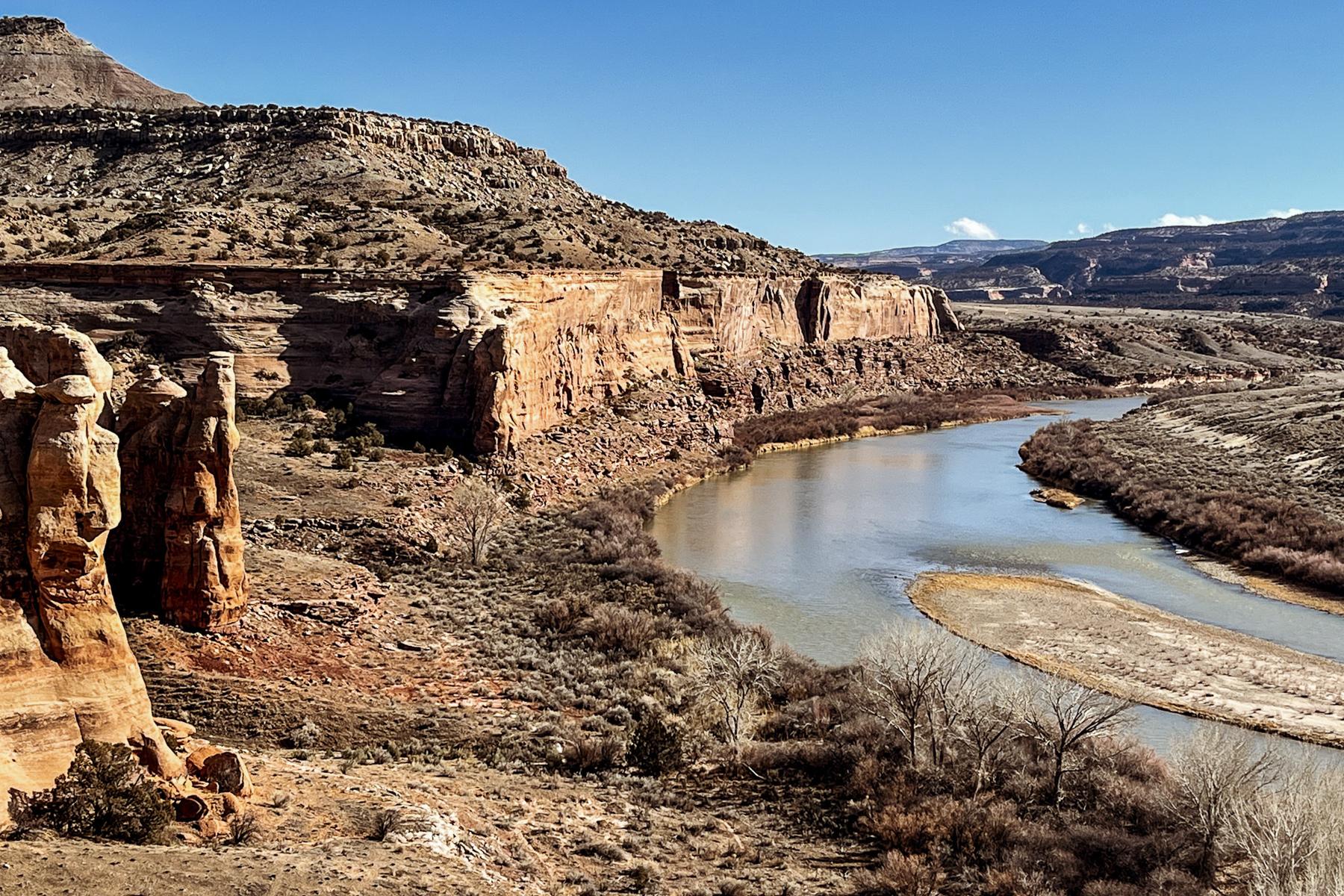
A couple of weeks ago, Chris Powell, a parent of two, got an email from the superintendent of Adams 12 Five Star district. It warned of a possible budget shortfall, between $8 and $13 million, which prompted anger and frustration from Powell.
“I don’t even know who — the state, the federal government — it just felt like we were getting squeezed from all directions,” Powell said.
Adams 12 just passed a $350 million bond in the last election, which Powell voted for. Bond money though, typically pays for repairs and maintenance, not teachers, buses, books and everything else. That money comes from property taxes and mill levies.
Those property taxes are another place where Chris Powell is getting squeezed. She notes that her particular part of “Broomfield has the highest mill levy,” so taxes are high.
She’s right. Her school taxes are among the highest in Colorado. That’s partly because, some would argue, they’re subsidizing low mill levies in other districts. Because of the Taxpayer Bill Of Rights and state law, school districts, through no fault of their own, must levy wildly different tax rates. (Currently total program mill levies range from 1.68 mills to 27. That means some districts are contributing 14 times the amount of property tax into the funding system as taxpayers in other districts.)

Using a home valued at $247,800 as the baseline, a taxpayer in the Primero RE-2 District, along the southern border of the state, pays $33 dollars more in school tax. In Aspen, it would be about $90. In the metro districts of Jefferson County or Adams 12, they’d pay more than $500 in additional taxes.
It doesn’t mean Jefferson County or Adams 12 Five Star schools are getting any more money for their schools. It just means the state is funding less of their total school funding than districts with low tax rates.
That’s because this is how school funding works in Colorado: local revenue is the first source of funding. Districts put in what their mill levy, which is frozen by the state, dictates. Then the state fills the gap between the local revenues and what has been calculated as each districts total program funding.
The lowest property value districts tend to have the highest tax rates.
Republican State Rep. Lang Sias calls this a “taxpayer inequity,” seeing that his constituents in JeffCo are paying 6 times that of Aspen for the same value home. For Adams 12 Superintendent Chris Gdowski, it can be described as a district inequity. Not only has his district hit the maximum it can levy in regular school property taxes, it’s hard to get voters to pass a “mill levy overide” to raise the additional money needed for school operations. Other districts, like Denver don’t have a problem passing mill levy overides. He notes that Colorado has turned into a patchwork quilt of districts that can pass a mill levy override and those that can’t.
“A solution has to come at the state level where we’re going to get out of the spot of having Groundhog Day year after year where there’s not enough revenue to keep up with growing expenses and the demands of serving kids,” Gdowski said. “I really feel like a statewide revenue measure has to happen.”
Public confusion over Colorado’s Rubik’s Cube-like-funding system is growing and it’s showing up at school board meetings in many districts.
Take Aurora, the fifth-largest district in the state. Its enrollment has dropped by about 600 students, which means less per-pupil funding from the state. The school board faces some tough decisions on how to make cuts to next year’s school budget: Furlough days and eliminating free, full-day Kindergarten are among the ideas on the table.
Budget woes were on the agenda at a recent Aurora school board meeting and parents and grandparents, like Stephanie Mason, who heads up the PTA at her grandchild’s school, were frustrated and confused.
“What’s disturbing to me is I listen to the news across the country, and all the radio stations talk about how great Colorado is and how much money we have -- and now we’re talking about $31 million in budget cuts… can somebody tell me what happened and why are we here tonight having to deal with this?” she asked. “Our students deserve more than this. “
It’s the same in Greeley, Loveland, Douglas County and beyond.
One idea to address that is returning to a system that lets all school districts basically tax at the same rate treating identical taxpayers similarly (in this case measured by property value).
Colorado had that system in 1988, when it ushered in a statewide “uniform” mill. But in 1992, voters passed the Taxpayer Bill of Rights which put a cap on local revenues. In districts that saw home values go up, their mill levy rate was driven down to stay within TABOR revenue caps. Those mills could not float back up if property values changed.
In 2007, lawmakers froze school district mill levies wherever they were but didn’t correct existing inequities.
Lawmakers on the House Education committee have requested data on what a return to a uniform system would mean precisely for each district. (An important part of the proposal is that it would allow mill levies in districts that are fully funded by their local property taxes to “float” below any new uniform mill levy. That means the district could continue to be funded without state funds.)
Bringing equity to school district taxes could raise an additional $378 million through local property taxes statewide. But – because of TABOR – such a change would still have to be pass muster with voters statewide. In the meantime, school districts are still hammering out their final budgets, which are due in May.









